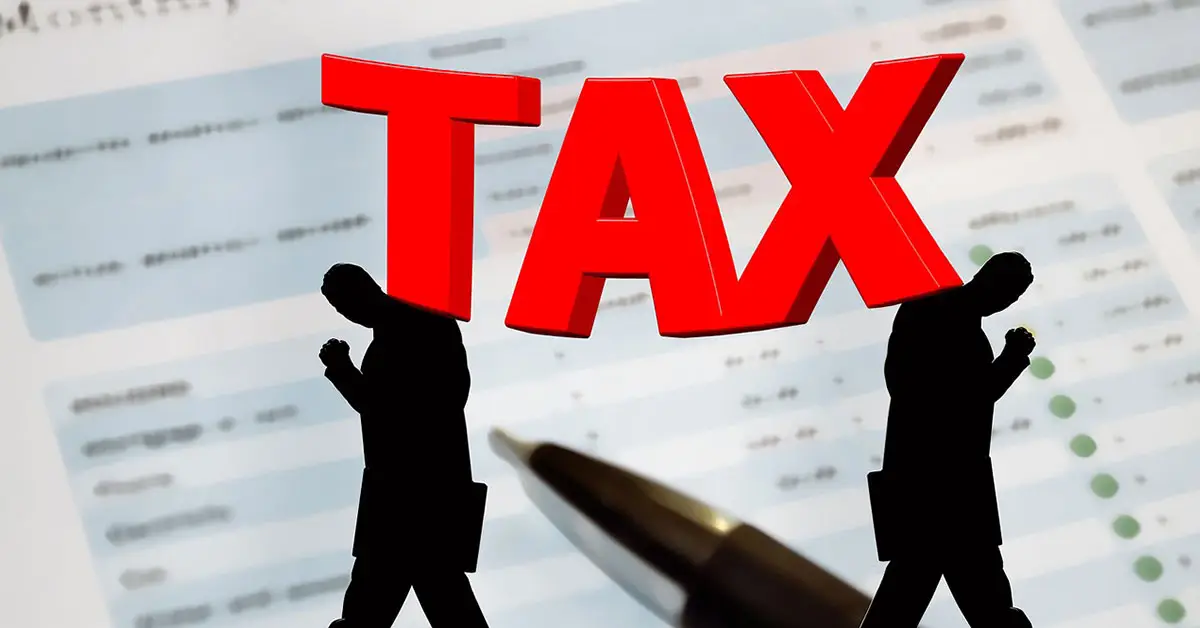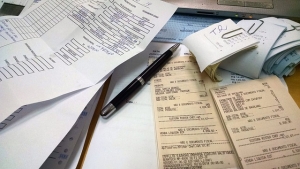When you have a regular job your employer withholds taxes from your paychecks for the IRS. But, what about when you are self-employed? The IRS expects self-employed individuals to pay income taxes as they earn money, which is why they require quarterly payments. And you might even save some money by doing so. Still, many people file yearly, instead, and pay a penalty. Consider the following eight key facts you should understand before deciding on which schedule to pay.
Calculate Your Estimated Tax Payments
The IRS requires that you pay at least 90% of your taxes during the year, which can be difficult to calculate precisely. For a quick way to calculate your payments, pay at least 100% of the taxes owed on your previous year's return, split into four quarters. If your adjusted gross income is over $150,000, you will need to pay at least 110% of the tax you owed for last year's filing.
Make Sure You Understand the Underpayment Penalty
If you've underpaid taxes as of the annual April 15 filing date, then you may have to pay a penalty for underpayment. The penalty is imposed on the amount you owe for the number of days it remains unpaid. You can expect a steep penalty of an annualized 4% as long as your payment is late. For example, if you owe $10,000, you can expect an annualized underpayment penalty of $400. The longer it takes for you to pay off the debt, the more the fees will accrue. This may seem like a hefty fine for some people, but others prefer to take the penalty so that they don't need to worry about making estimated tax payments every quarter.
Keep in mind that it's very important you pay each quarterly payment by the due date. You can easily pay online, over the phone, through a direct transfer, with a debit or credit card, or by using a check or money order.
Is the Penalty Worth It?
Most people agree that paying the penalty simply isn't worth it. While you can put off all your payments until April 15th, avoiding your estimated tax payments will rack up more in penalties then you could likely make by placing the money in a savings account. Paying hundreds of dollars for a penalty that can be easily avoided will probably just hurt you in the end.
Know the Payment Due Dates
You will need to make payments four times a year, in the following intervals:
Quarter 1: January 1 – March 31, Payment due 04/15
Quarter 2: April 1 – May 31, Payment due 06/15
Quarter 3: June 1 – August 31, Payment due 09/15
Quarter 4: September 1 – December 31, Payment due 01/15
Other Income to Consider
Most often, estimated tax payments are something self-employed workers need to worry about. However, you may also owe estimated taxes if you receive additional income, such as interest, dividends, gains from sales of stock, business earnings, alimony
Exceptions
There are some exceptions when it comes to making quarterly payments. If any of the following apply to you, then you don't need to worry about estimated tax payments.
- You expect to owe less than $1,000 in taxes for the tax year.
- You expect your federal income tax withholding to account for at least 90% of the tax you will owe for this tax year.
- You expect your income tax withholding to be at least 100% of the tax from last year's return.
Apply Your Refund
If you receive a tax refund this year, consider applying it towards your quarterly estimated tax payments. This will help you to get a head start and allow you to pay less during the coming year.
Tax Installment Agreements
If you simply cannot afford to make the estimated tax payments and are not able to pay your tax debt upfront, then you may want to consider tax installment agreements. This will allow you to set up a monthly payment plan with the IRS for the amount owed and you will have up to 72 months to pay the debt. While this will provide you more time, keep in mind that there is a fee to set this arrangement up and you will continue to accrue penalties and interest for as long as you're paying off your tax debt.





















Add comment